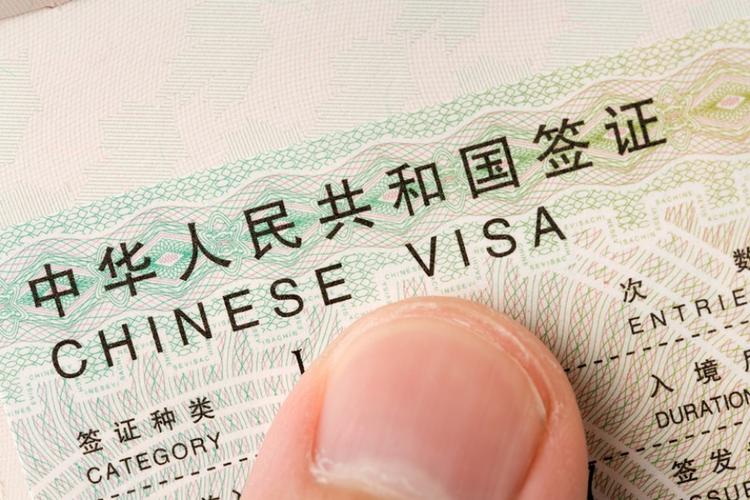
China’s vastness is matched only by the variety of travelers it welcomes—from eager tourists and dedicated students to dynamic business professionals and international crew. Navigating the maze of visa types can seem daunting, yet each visa opens a distinct portal into the country’s rich tapestry. Here’s a poetic yet practical guide to the main Chinese visa categories in 2025, illuminating your path toward a smooth, purposeful journey.
Tourist Visa (L Visa)
For the wanderers whose hearts beat to the rhythm of discovery, the L Visa is your key. It invites those seeking the beauty of China’s landscapes or the warmth of family reunions. Whether a single, double, or multiple entry pass, it generally allows stays of 30 to 90 days per visit—enough time to savor ancient temples, bustling markets, and serene lakes.
Business Visa (M Visa)
In the pulse of China’s thriving commerce, the M Visa beckons the entrepreneurs and traders. It requires a handshake sealed by an invitation from a Chinese business partner or trade fair, and grants flexible entries and durations tailored to the business mission. A bridge for building global connections, it fuels collaboration and growth.
Work Visa (Z Visa)
For those who bring their skills and passion to China’s workplaces, the Z Visa is a symbol of new beginnings. It demands official work permits, symbolizing China’s careful welcome of talents who will contribute to its dynamic economy. The Z Visa often marks the first step toward residency, anchoring dreams in this vast land.
Student Visa (X Visa)
Youthful curiosity and academic pursuit find their home under the X Visa. Whether for a brief semester or a long scholarly journey, the X1 and X2 categories distinguish long-term from short-term study. Armed with an admission letter from a Chinese institution, students embark on a voyage of knowledge and cultural immersion.
Family Reunion Visa (Q Visa)
Love transcends borders, and the Q Visa embraces those who reunite with loved ones in China. From spouses to parents and children, this visa is the tender thread that connects families across distance, offering a sanctuary for heartfelt reunions.
Crew Visa (C Visa)
For the guardians of the skies and seas—flight attendants, ship crew, and international transport personnel—the C Visa ensures their transit and work within China’s borders are seamless, acknowledging their vital roles in global connectivity.
Journalist Visa (J Visa)
Truth seekers and storytellers carry the J Visa, a special credential granted to accredited journalists invited by Chinese media organizations. It enables them to weave narratives that bridge cultures and inform the world.
Transit Visa (G Visa)
A brief pause in China’s vast embrace, the G Visa is designed for travelers passing through en route to another destination. Typically valid for up to 7 days, it facilitates smooth connections without the need for a full visa.
Diplomatic (D Visa) and Official Visas
Representatives of governments and international organizations enter under D or Official Visas, bearing the weight of diplomacy and international cooperation, forging bonds beyond borders.
Final Reflections
Each visa type in 2025 carries its own requirements, from application documents to processing times and fees. Before setting your plans in motion, consult the official Chinese embassy or consulate websites for the latest updates and guidance. This preparation ensures your journey begins with clarity and confidence, allowing you to step into China’s embrace with ease.
In the dance of visas, each step aligns with a traveler’s purpose and story. Whether your journey is brief or extended, for leisure or labor, study or diplomacy, understanding these visas is the first stride toward weaving your chapter in China’s magnificent saga.











Leave a comment: